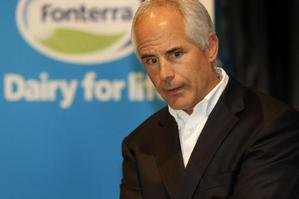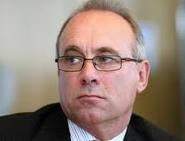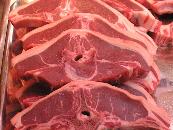All over New Zealand sheep farmers are naturally rejoicing at the great prices that they are getting for their lambs – and so they should be.
For many years sheep farmers have had to live with poor prices and this has been reflected in the investment going back into hill country farms. Now the tide has turned, seemingly for the better.
This year for instance, the topdressing industry is climbing on the back of the good lamb prices and the orders for fertiliser are coming in thick and fast. Watch out as those field days people have deals that are too good to be true – just waiting for farmers.
But is this all good news? The answer is yes and no – probably!
While farmers and their leaders argue these kinds of returns are necessary to keep them in business, others in the city are not so happy.
The local butcher is now paying about $200 for a lamb from the works and he has to add onto that a margin to make a profit. A leg of lamb that would feed an average family costs close to $70 and for all, but the rich and famous, that’s unaffordable.
The vast majority of consumers are turning away from lamb because it is too expensive – not because they don’t like it. The worry is that in the long term they will lose the taste for something that New Zealand is famous for.
BLNZ Chairman, Mike Petersen is right when he says lamb is becoming like bluff oysters – a luxury food for the wealthy.
Beef + Lambs chief executive Rod Slater – who’s in charge of the promotion of meat locally – says price is one of the main factors that is driving lamb off the menu of a lot of people.
BLNZ recently commissioned research into the eating habits of New Zealanders, which show that people are becoming much more price sensitive.
“When you think about it, leg of lamb that was probably $25 not so long ago – now it’s close to $50. As a result, people are turning to beef, pork and chicken,” he says.
Slater says that not so long ago, lamb was regarded as an every day food, but now it’s perceived as a special occasion food for events such as Christmas day or mother’s day.
He acknowledges that the cost of lamb means that some people will never eat it and, to some extent, is an example of the social divide in New Zealand. Slater says lamb is seen as more luxurious than fish the challenge is now to find ways of making some lamb cuts more affordable. However what’s evident from the research is that the days of the Sunday roast are long gone.
“The research shows that the most popular days for eating lamb are Tuesdays and Wednesdays – goodness knows why – I have no idea. Friday was the least popular day which has traditionally been a day when less meat is eaten, but the weekend roast just doesn’t happen anymore. People are more likely to have barbequed chops on the weekend. The most popular cuts are shoulder chops and loin chops,” he says.
The other problem for lamb is that there is a generation of people who don’t know how to cook it. So while it’s good to enjoy high lamb now, perhaps greater thought and effort needs to be given by the meat industry to ensure that lamb remains an iconic food for all New Zealanders, not just the wealthy.










